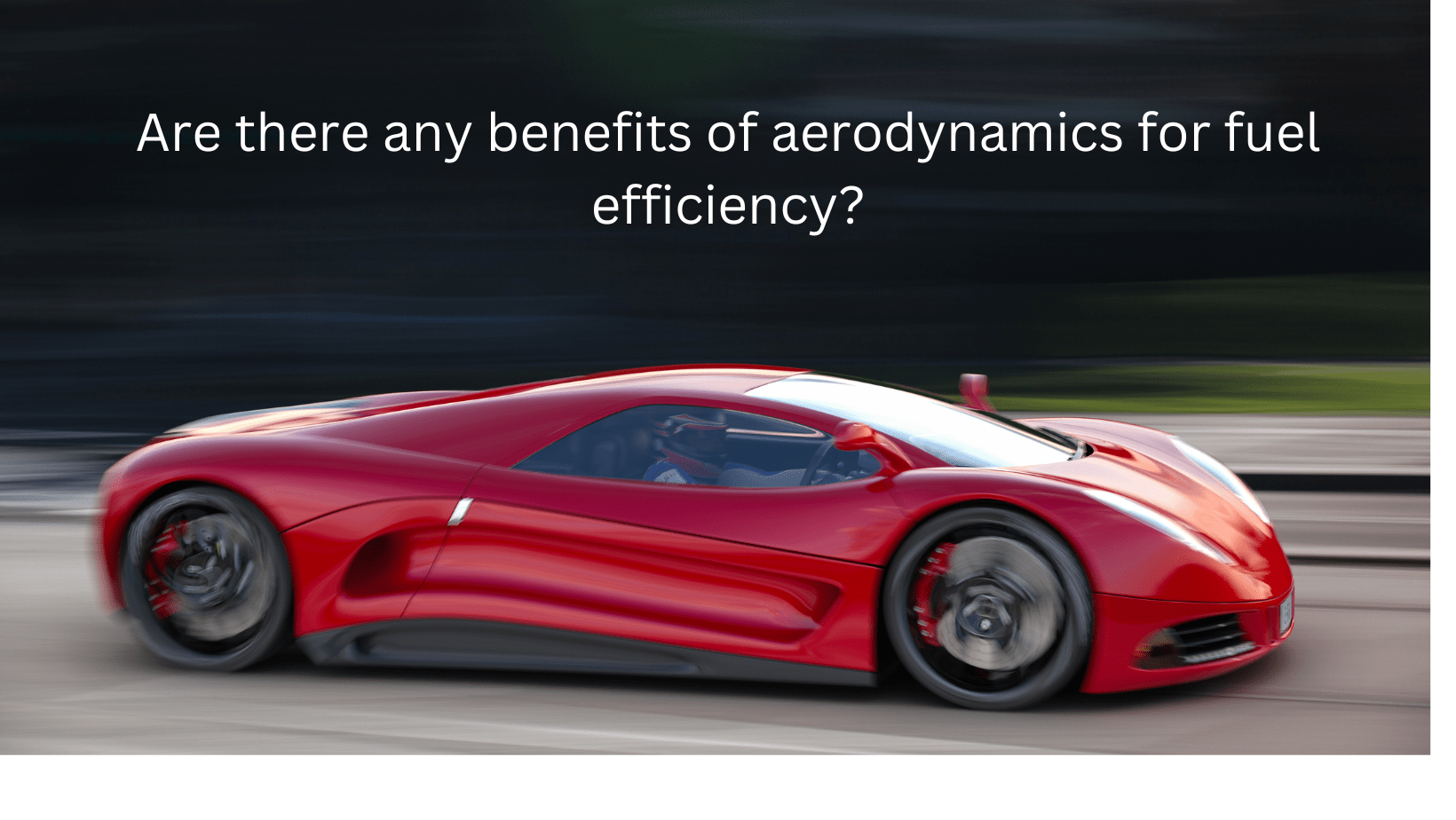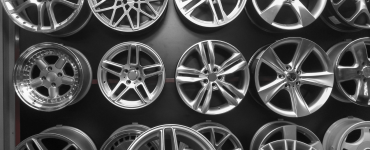Aerodynamics for Fuel Efficiency: Harnessing the Power of Airflow in Automotive Design
The Science Behind Aerodynamics and Fuel Efficiency
Aerodynamics, the study of air and its interaction with solid objects, is a crucial element in automotive design, significantly impacting fuel efficiency. The basic principle is straightforward: the smoother the airflow around a vehicle, the less energy (fuel) is required to maintain speed. This reduction in drag leads to improved fuel efficiency and a decrease in carbon emissions. Let’s dive into aerodynamics for fuel efficiency subject!
Key Takeaways
| Aspect | Detail |
|---|---|
| Fuel Efficiency | Aerodynamics significantly impacts fuel efficiency in vehicles. |
| Aerodynamic Enhancements | Modifications like rear spoilers, front splitters, and side skirts improve airflow. |
| Cost-Effectiveness | Aerodynamic improvements can be cost-effective solutions for fuel savings. |
| Environmental Impact | Enhanced aerodynamics contribute to reduced carbon emissions. |
| Vehicle Performance | Beyond fuel efficiency, aerodynamics influence overall vehicle performance and handling. |
Exploring Aerodynamic Enhancements

Rear Spoilers: More Than Just Aesthetic Appeal
Rear spoilers are not just for sporty looks; they play a vital role in minimizing air turbulence at the back of the vehicle. By managing airflow, they reduce drag and can contribute to fuel savings. Learn more about the benefits of rear spoilers and other aerodynamic enhancements.
Front Splitters: Leading the Way in Air Management
Front splitters, located at the front of the car, ensure that the air flows smoothly underneath the vehicle. This leads to a more stable and efficient drive, especially at higher speeds. Dive deeper into the advantages of front splitters in automotive aerodynamics.
Side Skirts: Streamlining the Sides
Side skirts, though often seen as cosmetic, play a significant role in guiding air around the vehicle. By smoothing the airflow along the vehicle’s sides, they reduce drag and contribute to fuel efficiency. Discover more about the impact of side skirts on vehicle aerodynamics.

Cost-Effectiveness of Aerodynamic Modifications
Investing in aerodynamic enhancements is not just a pursuit for high-performance vehicles. Even everyday cars can benefit from these upgrades, leading to long-term savings on fuel costs. The initial investment in these modifications can be quickly offset by the reduction in fuel consumption over time.
Environmental and Performance Benefits
Improved aerodynamics not only boosts fuel efficiency but also lessens the environmental impact by reducing CO2 emissions. This is increasingly important in today’s environmentally-conscious world. Furthermore, these enhancements contribute to better handling and stability, enhancing the overall driving experience.
Types of Aerodynamic Modifications
| Aerodynamic Feature | Function | Impact on Fuel Efficiency |
|---|---|---|
| Rear Spoilers | Minimize air turbulence at the vehicle’s rear | Reduces drag, enhancing fuel savings. More at Rear Spoilers: Aerodynamic Enhancements. |
| Front Splitters | Manage airflow underneath the vehicle | Improves stability and efficiency at high speeds. Discover at Front Splitter Advantages. |
| Side Skirts | Smooth airflow along the vehicle’s sides | Decreases drag, contributing to fuel efficiency. Learn more at Impact of Side Skirts. |
| Vortex Generators | Optimize air vortices over the vehicle body | Enhances aerodynamic performance. Details at Vortex Generators in Automobiles. |
| Reducing Drag for Speed | Overall design modifications to reduce air resistance | Directly correlates to improved fuel efficiency. Insight at Reducing Drag for Speed. |
Conclusion
In conclusion, understanding and implementing aerodynamic principles in automotive design is a smart and effective way to improve fuel efficiency and reduce environmental impact, while also enhancing vehicle performance and handling. By exploring various aerodynamic modifications, car owners can enjoy the dual benefits of cost savings and an improved driving experience.




